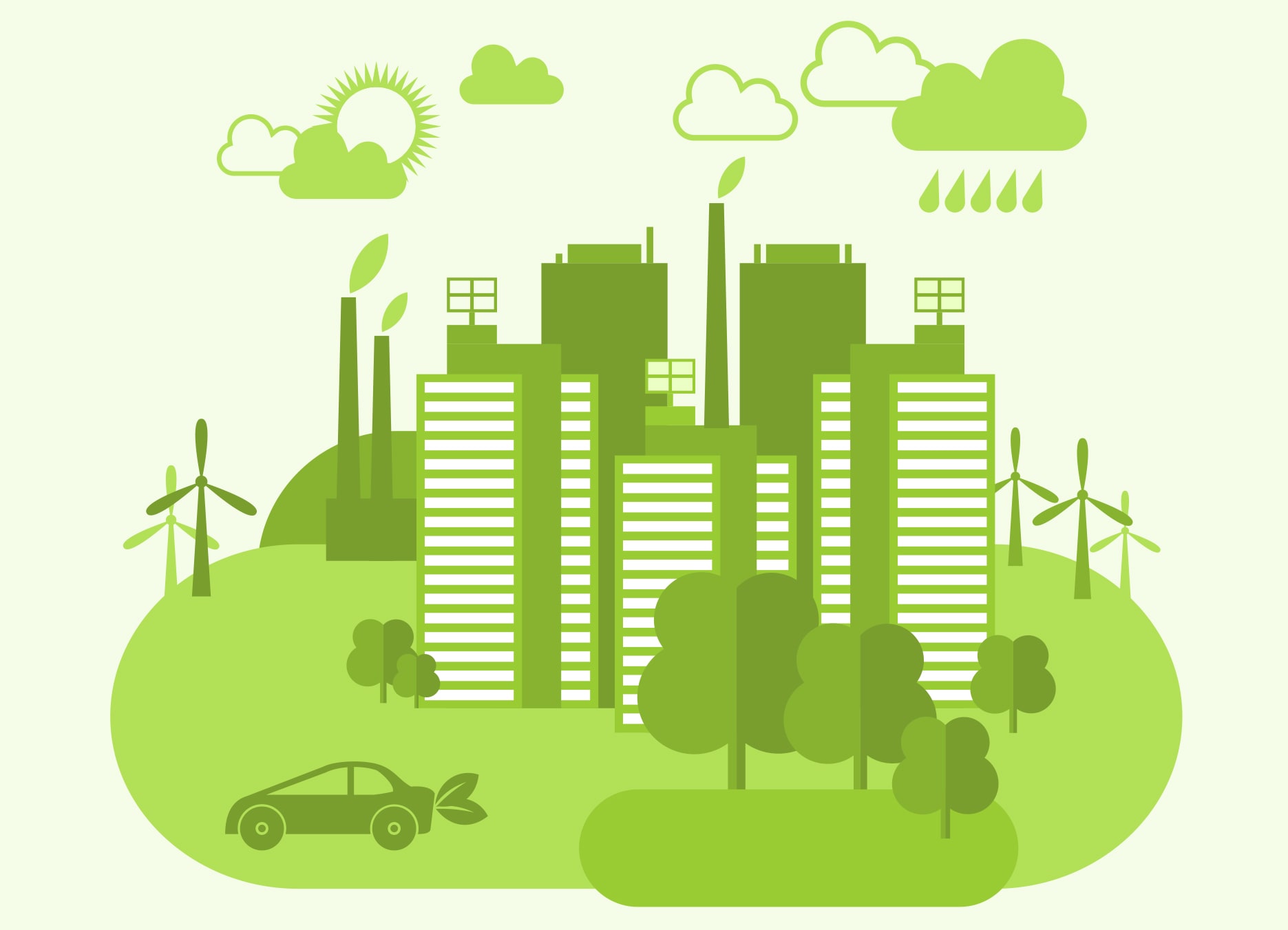
Having recently returned from the USGBC GreenBuild 2016 Conference earlier this month in Los Angeles, the most prominent themes were that sustainability and green design and construction are all evolving, and doing so at a rapid clip. While the USGBC has always been at the forefront and generally deemed the preeminent leader in sustainable construction and materials sourcing, it could be safely said that, over recent years, it has matured into the strong foundation through which next gen organizations and green design philosophies have emerged.
Several new building design and construction concepts and initiatives were mentioned throughout sessions at the GreenBuild Conference. The most prevalent of which were the WELL Building Standard, the Better Buildings Initiative, along with the Living Building Challenge. With so many programs and initiatives being referenced and touted, it may be challenging to determine which standard, program or set of guidelines makes the most sense with which to align? Hopefully, the following recap will serve to generally define the respective programs addressed throughout the conference and within the construction industry overall, as well as provide initial insights as to which direction to head depending on owner or operators’ outcome expectations for long range ROI and building performance deliverable expectations.
The WELL Building Standard is “an evidence-based system for measuring, certifying and monitoring the performance of building features that impact the health and well-being” of its occupants. It is administered by the International WELL Building Institute, whose mission is to “improve human health and well-being through the built environment.”[1] Whereas LEED certification focuses on how buildings are constructed, WELL centers its core focus on the performance of said buildings on the wellbeing of the occupants therein.
The Better Buildings Initiative was initiated by the U.S. Department of Energy to drive leadership in energy innovation, in partnership with both the public and private sectors, to reduce energy consumption within commercial buildings, industrial plants and residential homes. A key benchmark of the Better Buildings Initiative is the reduction of energy resources utilized by 20% amongst both commercial buildings and industrial plants. To date, 310 organizations have committed to the Better Buildings Challenge, representing upwards of 4.2 billion square feet of commercial and industrial property. Manufacturing firms representing over 1,000 facilities are participating through the Better Buildings, Better Plants Challenge, which serves as the industrial facet of the Initiative.[2]
Another program commonly referenced throughout the USGBC GreenBuild Conference was the Living Building Challenge. Formed in 2006, the not-for-profit Living Future Institute conceptualized the Living Building Challenge as a rigorous, international building certification to establish new performance standards for sustainable design and construction. Maintaining seven performance arenas, these groups or ‘Petals’ are comprised of Place, Water, Energy, Health & Happiness, Materials, Equity and Beauty. Petals are further subdivided into twenty ‘Imperatives’, emphasizing a multitude of aspects of influence within a building or its surrounding space, and may be applied to both existing buildings or new construction projects.[3]
Beyond specific building standards, initiatives and challenges, additional themes were prominently addressed throughout the conference, most notable of which was a shift from net neutrality to net positive gains as it relates to building performance. What this essentially means is building energy and water performance goals for current and future construction should aim to not only be net neutral, but through incorporation of renewable systems and additional measures, be able to generate and supply additional energy resources than the building needs to operate.
Modularity, flexibility and seamlessly integrated technology in design were also ever-present themes. The KB Home Projekt best exemplified this aim, with an entirely modular 790 square foot home model, featuring slide-track wall mounted systems and rotating panels enabling complete transitions of living spaces from one function to another, depending on daypart and functional need. While the vast majority of educational sessions, along with the conference expo, had minimal focus on the foodservice sector, many of the themes are every bit as applicable to foodservice design, as they are to any other facet of a building’s envelope or construction elements.
Only time will tell relative to the degree to which green and sustainable construction leadership will recognize the impact foodservice can have on a building’s overall energy and performance outcomes. However, the ‘net positive’ result is that as designers, manufacturers and operators alike, we collectively have the ability to leverage these insights and resources and continue leading the charge, within our respective footprint to make a bigger, better and stronger impact on buildings and its inhabitants, both now and into the future.
Stephanie Luros-Gilbert
[1] International WELL Building Institute – https://www.wellcertified.com/
[2] Better Buildings Initiative – https://betterbuildingssolutioncenter.energy.gov/
[3] Living Building Challenge – http://living-future.org/lbc
